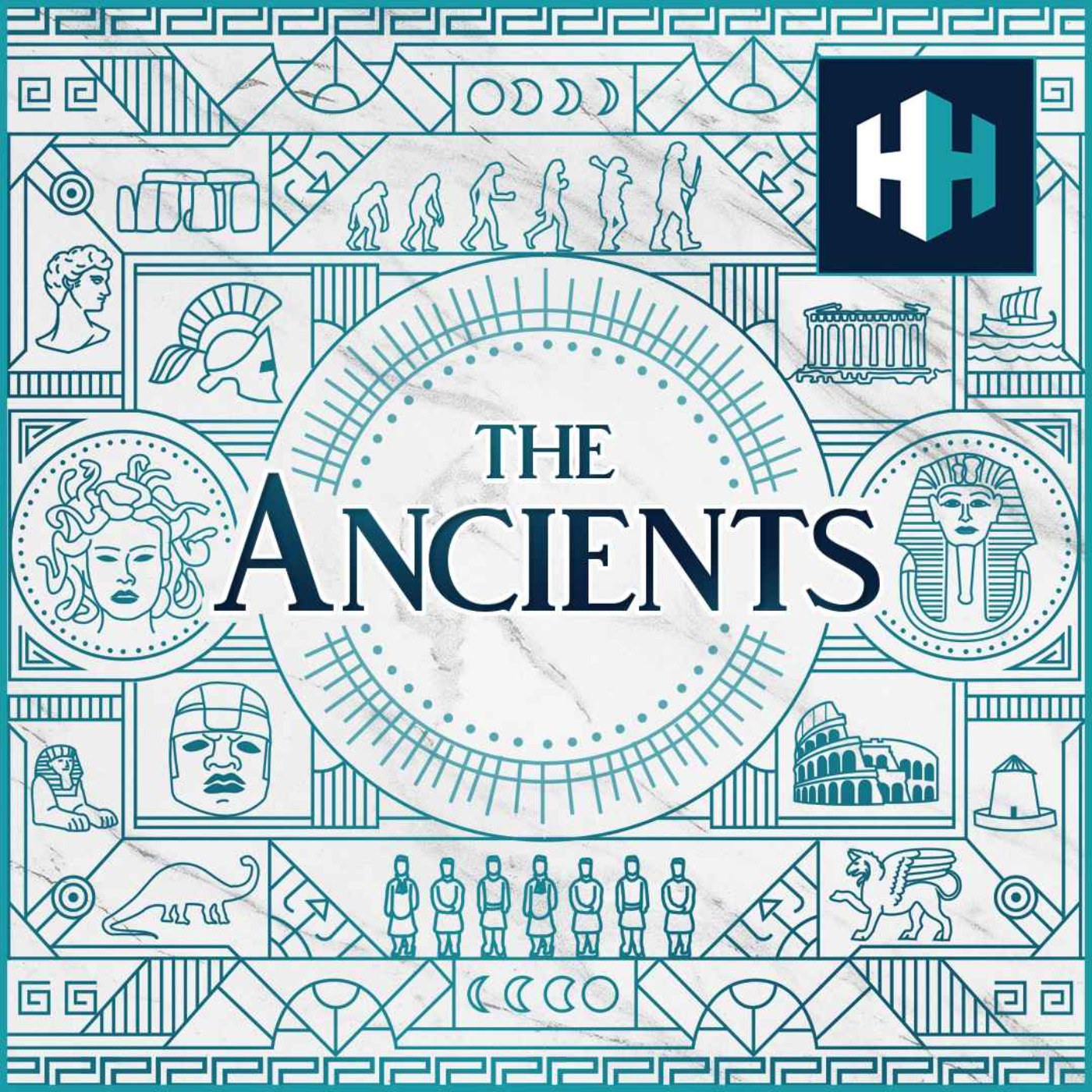
The Year of the Snake is here! But how did a legendary tale of twelve animals shape Chinese astronomy and culture for over 3,000 years?In this episode of The Ancients, Tristan Hughes is joined by Professor John Steele from Brown University to dive into the origins of the Chinese Zodiac to mark the Chinese New Year. They uncover how this ancient zodiac, associated with 12 animals, ties into Chinese astronomy and philosophy. Professor Steele explains the intricate cycles of 12 earthly branches and 10 heavenly stems that form a 60-year pattern deeply embedded in Chinese culture. Discover the mythical origins, the influence of lunar calendars, and the evolution of this zodiac from the Shang dynasty to today. Presented by Tristan Hughes. Audio editor is Aidan Lonergan, the producer is Joseph Knight. The senior producer is Anne-Marie Luff.Theme music from Motion Array, all other music from Epidemic SoundsThe Ancients is a History Hit podcast.Sign up to History Hit for hundreds of hours of original documentaries, with a new release every week and ad-free podcasts. Sign up at https://www.historyhit.com/subscribe. You can take part in our listener survey here.
No persons identified in this episode.
No transcription available yet
Help us prioritize this episode for transcription by upvoting it.
Popular episodes get transcribed faster